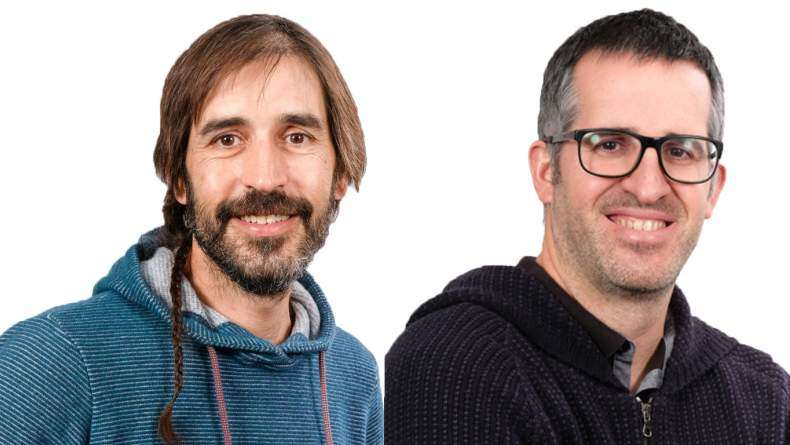Engineering reaction-diffusion environments for materials synthesis

 Chemists and material scientists frequently study functional self-assembled structures at the global minimum of Gibbs energy (thermodynamic control). Recently, however, there is a major interest in the scientific community to develop new methods that could potentially convey an increased control of self-assembly processes in time and space (kinetic control). In this seminar, I will show how engineering liquid-liquid interfacial reactions at the microscale via a laminar flow regime can be crucial to unlock new insights in this long-sought materials science challenge.
Chemists and material scientists frequently study functional self-assembled structures at the global minimum of Gibbs energy (thermodynamic control). Recently, however, there is a major interest in the scientific community to develop new methods that could potentially convey an increased control of self-assembly processes in time and space (kinetic control). In this seminar, I will show how engineering liquid-liquid interfacial reactions at the microscale via a laminar flow regime can be crucial to unlock new insights in this long-sought materials science challenge.
Bio “Dr. Josep Puigmartí-Luis (Artés, 1978) is a senior scientist and group leader at ETH Zurich, where he leads a number of projects as a PI, e.g. an ERC Starting Grant (2016-2021), a Swiss National Project (2015-2019), and a FET Open project that will start in September 2018. Dr. Puigmartí-Luis is a chemist who completed a master in chemical engineering at “Institut Químico de Serrià (IQS)” (2003) and did a PhD in materials science at Institut de Ciència de Materials de Barcelona (ICMAB). His work in supramolecular and flow chemistry, has been awarded with “Premi Antoni de Martí i Franquès de Ciències Químiques”, award from the Institut d’Estudis Catalans (2009), St. Jordi award from the Institut d’Estudis Catalans and the Societat Catalana de Química (2006) and an ETH fellowship award in 2008. In 2012, he was appointed a Ramon Y Cajal (RyC) researcher, but after two years as a RyC, he decided to move back to Switzerland where in 2015 was awarded an ERC starting grant to study and control the self-assembly processes of porous and non-porous crystalline materials. He has been invited as a visiting researcher in France (University of Angers) and Japan (Kyoto University). His research interests include the synthesis and control self-assembly of functional organic and inorganic materials (in solution and at surfaces) via microfluidic technologies; and further, developing these technologies to command and understand the formation and function of unprecedented out-of-equilibrium assemblies (a key aspect to unveil structure-properties correlations of new functional matter)”
Related news
María Calles, New Doctor of BCMaterials
We would like to congratulate María Calles García for obtaining her PhDs in Materials Science and Technology from the UPV/EHU. On December 4 made a brilliant defense of her thesis titled ‘Chelating…Invited Talk with Barcelona Microelectronics Institute’s researchers (December 3)
On December 3 at 12:00 PM, in the Martina Casiano Auditorium in Leioa, BCMaterials will host senior researchers Antón Guimerà and Xavier Illa from the Barcelona Microelectronics Institute (IMB-CNM,…Invited Talk by Liu Yao on Lithium-Metal Batteries (December 2)
Next Monday, December 2, Liu Yao, professor at the Shanghai Institute of Applied Physics, will give an invited lecture at BCMaterials entitled ‘Li-Metal Batteries: From Liquid to Solid-State’. The…Success of BCMaterials’ Annual Workshop on Critical Materials
The 2025 edition of BCMaterials’ annual workshop gathered nearly one hundred participants on November 19 in Leioa to review the latest advances and discuss critical materials, their applications, and…



